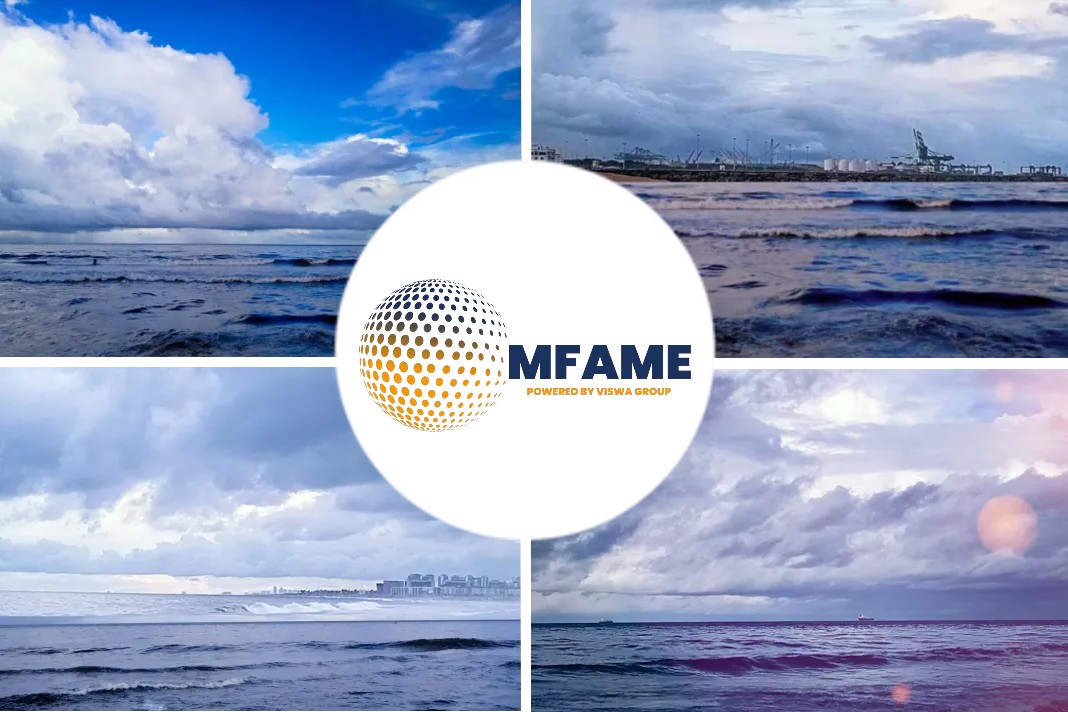- Hapag’s first extended use of cold ironing got DNV GL certification.
- A positive contribution to the climate by saving 600 tons of carbon dioxide.
- The electricity is supplied by Hamburg Energie from 100 percent renewable resources, reducing the ship’s emissions practically zero.
- By using marine gas oil, Hapag’s cruises fleet to cut sulfur emission by 80 percent.
DNV GL certifies EUROPA 2’s first extended use of cold ironing by cruise ships, says a press release published on HLCruises’ website.
Environmental impact concerns addressed
The main concerns raised is the potential environmental impact when cruise ships sit idle for extended periods of time in the world’s ports.
To address this concern, Hapag-Lloyd Cruises has announced that its cruise ship the Europa 2 would be cold ironing when the vessel returned to Hamburg, Germany in early May.
DNV GL certification
Recently, the classification society DNV GL certified the cruise ship’s connection, signifying the first time that a cruise ship has used a cold ironing connection for an extended period of time.
Europa 2’s cold ironing
According to Hapag-Lloyd Cruises, the Europa 2 has been successfully using cold ironing at the Cruise Center Altona in Hamburg for the past 30 days. It was able to save a total of 600 tons of carbon dioxide.
Required connectivity
To achieve this required the Hamburg Port Authority to adjust the connection as the Europa 2 requires:
- a lower voltage than the other cruise ships that are employing cold ironing in the port.
- requires 2.2 megawatts of power per hour during its lay time.
Ship’s emission
The electricity used is being supplied by Hamburg Energie and comes from 100 percent renewable resources. This means that the operation of the Europa 2 in the port has been practically climate-neutral. By using the cold iron connection, the ship’s emissions were reduced to practically zero.
Forced break
Karl J. Pojer, CEO of Hapag-Lloyd Cruises said, “We are glad that we have been able to make such valuable use of this forced break by driving forward cold ironing and the certification of the Europa 2. The fact that a cruise ship has used cold ironing over a long period of time in Hamburg is an important and unprecedented experience.”
Environmental strategy
Hapag noted that the use of cold ironing is part of its overall environmental strategy.
- Uses marine gas oil with a low 0.1% sulfur content for its entire fleet of cruise ships.
- By using the marine gas oil, Hapag-Lloyd Cruises says its fleet will be cut sulfur emission by 80 percent.
- The switch to marine gas oil also means a reduction in soot and particulates of up to 30 percent.
Reducing fuel consumption
Hapag said that when it resumes cruising all of its routes are carefully planned with an environmentally efficient average speed not pushing the vessels to go as fast as possible, thereby reducing fuel consumption by 30 percent and further lowering the emissions.
Did you subscribe to our daily newsletter?
It’s Free! Click here to Subscribe!
Source: HLCruises



























